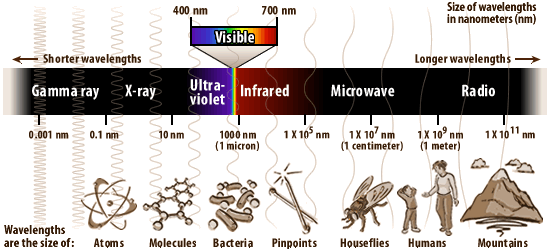The health effects of 5G radiation are still being debated, however one study suggests that there is a connection between radiofrequency radiation and the development of cancers in male rats. This study was classified before it was taken off the list at the end of 2012 by Central Intelligence Agency, but it has proven that radiofrequency may be a cause of cancer for animals and even humans. In the research, scientists were exposed to male rodents for 15 days and found that they developed the same types of cancers as humans develop.
Health impacts of 5G radiation
Although the rapid growth of wireless communication have led to creation of 5G technologies, there are growing concerns regarding the health risks of the radiation from 5G. While higher frequencies do not penetrate the body as deeply as previous technologies, researchers have identified potential health effects that are systemic and have called for further research. To ensure that people are protected and protected, there is a need for the European Commission is requesting independent studies to determine whether the technology poses any health hazards.
It is vital to realize that there's a large number of misinformation about 5G's health impacts and it is vital to dispel any doubts that remain. Although the technology isn't yet widespread however, there are plenty of people who are being told that it could cause health issues mostly via social media where sexy words are used.
Beamforming technique
Beamforming is one of the most crucial technologies used in 5G mobile networks. It is a method that makes use of multiple radiating elements to generate narrow beam. The aim for beamforming is reduce any unwanted radiation that is in the resultant signal. https://www.pearltrees.com/coldwhip3/item509822095 is typically employed for wireless communications systems and is crucial for 5G's low-cost coverage.
This technique is based on electronic weighting of the individual signals from each antenna. This results in an extremely smaller beam of radiation which improves cell coverage indoors and near the edges of cells. This is crucial since poor coverage could lead to lower user satisfaction. Apart from improving the signalquality, beamforming helps reduce the amount of interference that a user encounters from other devices.
Power density
The energy density of 5G electromagnetic radiation coming from cell towers will be similar to that of previous generations of 4G and 3G systems. One reason behind the low power density lies in the sensitiveness of electronic components. The maximum radiation output for a 2G handset was about 2 Watts, whereas that of the 4G model was around 200 milliwatts.
does 5g emit radiation is a measure of the amount of electromagnetic energy that is absorbed by the body from a specific distance. Power density for radiation 5g is typically expressed in watts per square metre. In 5g radiation to the SAR measurement power density is a measurement of the quantity of electromagnetic energy within the space. The limits for power density may differ for mobile devices and wearables according to their operating frequencies and distance.
Specific absorption
The Specific Absorption Rate (SAR) can be described as a measure which measures the speed at which a specific frequency deposits power into human tissues. In generally, the SAR is not more than two watts per kilogram of body mass. This figure is derived through the electrostatic field in tissues as well as the mass density, measured as kilograms for each cubic millimeter. The method was recent applied to the proposed antenna design.
The new radio technologies that form the network 5G operate at frequencies below 6 GHz. These frequencies are referred to in millimeter waves. However, the FCC's SAR compliance protocol only applies to frequencies up six GHz. Furthermore, the SAR test demands that measurements be conducted with phantoms made of tissue simulating media.

Skin health and its effects
Currently, we have no information on the health effects of radiation from 5G on the skin. The current knowledge is limited by the lack of in-vivo experiments and theoretic models. There is however an urgent need for more studies of the impacts of 5G radio frequency radiation on the human skin. Utilizing 5G radio frequencies may cause damage to the skin particularly to the epidermis, which is very sensitive.
In contrast to 4G, 5G radiation is a high frequency that has been shown to heat human body tissues. The human body is dipolar, which means that the higher frequency of radio waves from 5G could cause heat to the skin. The exposure to radio frequencies from 5G may also affect other organs of the body, including the brain.
